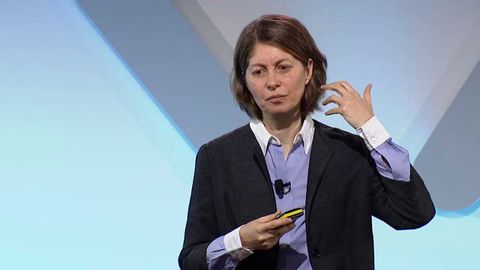
Subtitles & vocabulary
Solve for X - Yael Hanein - Artificial Solar Retina
00
richardwang posted on 2014/04/18Save
Video vocabulary
demonstrate
US /ˈdɛmənˌstret/
・
UK /'demənstreɪt/
- Verb (Transitive/Intransitive)
- To display a feeling or ability openly
- To protest about something often as a group
A2TOEIC
More capacity
US /kəˈpæsɪti/
・
UK /kə'pæsətɪ/
- Noun (Countable/Uncountable)
- Ability to hold, involve or contain (e.g. liquids)
- Largest amount of something that can be produced
B1
More system
US /ˈsɪstəm/
・
UK /'sɪstəm/
- Noun (Countable/Uncountable)
- Set of organized, planned ideas that work together
- A set of principles or procedures according to which something is done; an organized scheme or method.
- Adjective
- Working in an organized, logical way
A1TOEIC
More hand
US /hænd/
・
UK /hænd/
- Countable Noun
- Cards given to a player in a card game
- Piece of a clock that points to the time
- Transitive Verb
- To give something to someone personally
A1
More Use Energy
Unlock All Vocabulary
Unlock pronunciation, explanations, and filters
